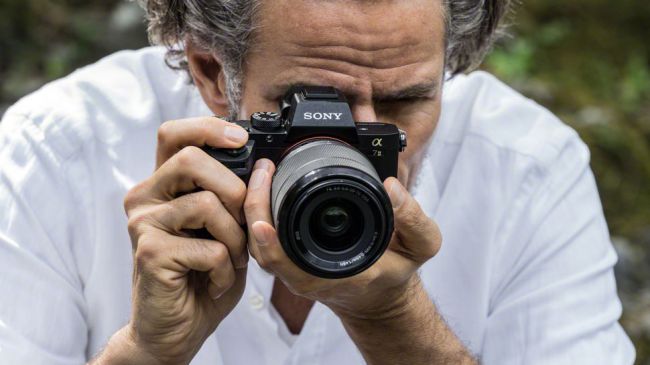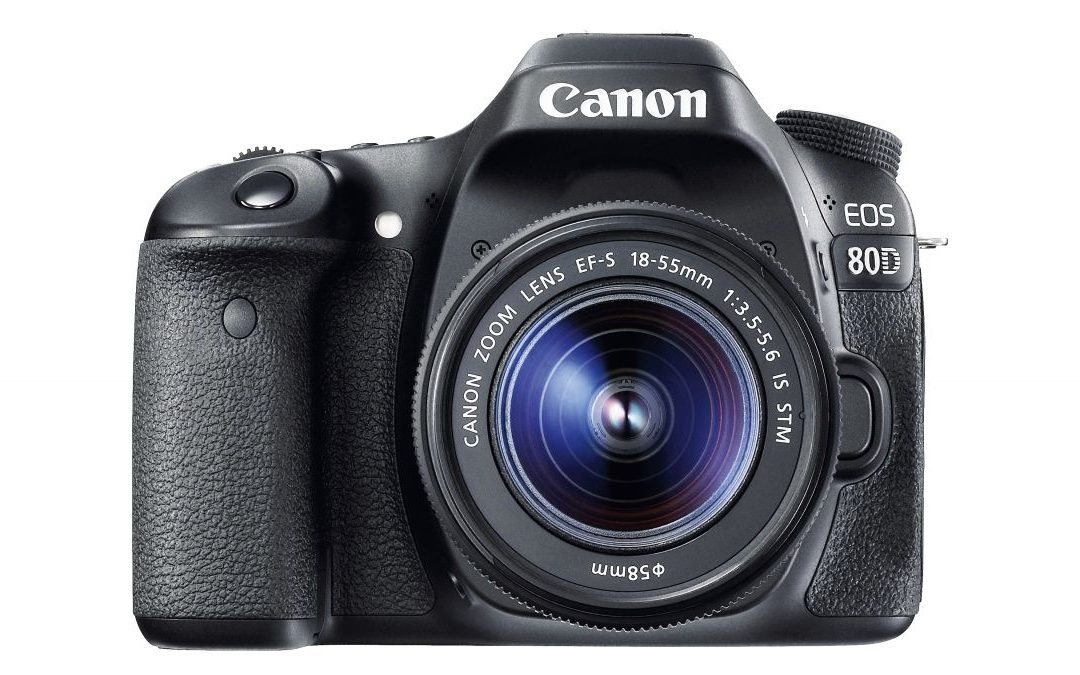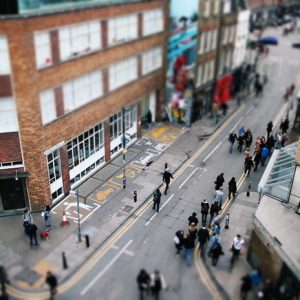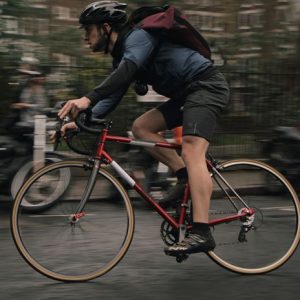
Mirrorless Cameras
From bargains for beginners to pro-grade powerhouses, here are the best mirrorless cameras of the moment.
Mirrorless cameras have done much to change the idea that a small camera can’t be a powerful one, and it’s in this sector that we’re typically seeing many developments surfacing first.
Since Photokina we’ve seen the mirrorless market explode, with the likes of Nikon and Canon coming into the fray, and Fujifilm launching a fantastic upgrade to its X-T range. Below are some fantastic snappers – whether it’s the best full frame mirrorless camera you’re looking for or a cheap mirrorless camera bargain, this guide it here to help.
And the good news? We’re seeing hundreds of Black Friday cameras deals and Cyber Monday camera deals right now. Our price comparison tool will pull in the very best offers below, so you can rest assured you’re getting the cheapest possible mirrorless camera prices.
So which are the best mirrorless cameras right now? The fact that there are so many manufacturers involved means that variety is great, from selfie-friendly mirrorless cameras you can get into a pocket to models that can handle super-fast burst shooting and pro-level video recording.
The following list rounds up some of the finest options on the market, taking innovation, performance and value for money into account. Whether you just need something portable for casual use, or something that can rival the best DSLRs around, read on to find the best mirrorless camera for your needs.

1. Fujifilm X-T3 review
For its price, this is the best full-frame camera around right now
Type: Mirrorless | Sensor: APS-C | Megapixels: 26.1MP | Monitor: EVF, 3,690k dots, 100% coverage | Continuous shooting speed: 11fps | Viewfinder: EVF | Max video resolution: 4K | User level: Enthusiast
26.1 megapixel sensor4K video at 60fpsLacking in-body stabilisationNeeds a bigger buffer.

2. Nikon Z7
A superb (and superbly made) mirrorless camera.
Type: Mirrorless | Sensor: Full frame CMOS | Megapixels: 45.7MP | Monitor: EVF, 3,690k dots, 100% coverage | Continuous shooting speed: 9fps | Viewfinder: EVF | Max video resolution: 4K UHD at 30p | User level: Enthusiast.
Great handlingSuperb electric viewfinderPricey lensesSingle XQD card slot
Although the Nikon Z7 didn’t quite get the coveted five stars (it scored 4.5), it did score full fives for features, build & handling and performance. The Nikon Z7 is an instant classic. It’s a superb (and superbly made) mirrorless camera, boasting a massive 45.7MP full frame CMOS, 493-point hybrid phase/contrast autofocus, 4K UHD at 30p and in-camera image stabilisation system (IBIS). Interestingly, the Z7 is a lot like its chief mirrorless rival, the Sony A7 series, in looks and is much smaller than the Nikon D850, the DSLR whose technology it largely shares. If it wasn’t for the pricey lenses and the fact there won’t be a huge amount of them around for a while, this would be a five-star mirrorless camera.

3. Canon EOS R
A fantastic mirrorless camera with one or two niggles.
Type: Mirrorless | Sensor: Full frame CMOS | Megapixels: 30.3MP | Monitor: EVF, 3.69m dots, 100% coverage | Continuous shooting speed: 8fps | Viewfinder: EVF | Max video resolution: 4K UHD at 29.97p | User level: Enthusiast/professional.
Great cusomisationDual Pixel AFNo in-body image stabilisationCropped 4K video
Canon has bucked the trend of having separate pro and enthusiast bodies – it is instead pitching the EOS R squarely in the middle. And that’s no bad thing. The Canon EOS R offers a full-frame 30.3MP CMOS sensor, which is on the same level as the EOS 5D Mark IV DSLR. The two sensors share a lot but the biggest difference is that the EOS R features a phase-difference detection system with the 1D X Mark II’s Dual Pixel CMOS AF, This equates to a simply brilliant 5,655 focus positions. The Canon EOS R is a great mirrorless camera but there are one or two niggles. Its cropped 4K and lack of in-body image stabilisation means it doesn’t quite hit top marks.

4. Sony Alpha A7 III
A junior full-frame option that’s a superb camera.
Type: Mirrorless | Sensor: Exmor R CMOS | Megapixels: 24.2MP | Monitor: XGA OLED type, 2,359,296 dots | Continuous shooting speed: 10fps | Viewfinder: 3in tilting touchscreen, 921,600 dots | Max video resolution: 4K UHD at 30/24fps | User level: Enthusiast/Beginner
Superbly sophisticated AF system4K videoBurst mode is just okayDoesn’t win the MP battle
The A7 III doesn’t really put a foot wrong. Its specs actually belittle its price – you are getting a huge amount of camera prowess here for what is a decent price. Granted, its handling and control layout aren’t the best we have ever tried but its autofocus and continuous shooting performance, not to mention its 4K video capabilities are second to none. Okay, there is that 24MP resolution might put a few people off, given we have been spoiled with higher megapixel alternatives but pixels aren’t everything and this camera is a fantastic mix of performance, image quality and price.

5. Panasonic Lumix G9
A high-speed, high-end mirrorless camera that’s packed with quality
Type: Mirrorless | Sensor: Micro Four Thirds sensor | Megapixels: 20.3MP | Monitor: EVF, 3.68m dots and 1.66x magnification | Continuous shooting speed: 60fps | Viewfinder: Illuminated top-plate LCD screen | Max video resolution: 4K | User level: Enthusiast
4K UHD video20/60fps continuous shootingBattery life isn’t the bestBurst mode could be better
The Panasonic G9 is a brilliantly fast and effective camera that is great for both 4K video and things like fast-action sports and wildlife photography. It’s great in the hand, which means that it offers up a good grip, especially when it is equipped with longer lenses. Its image quality is very good and this is despite it having a smaller MFT sensor. The only issue for us is that when it comes to shooting regular static subjects, there are plenty of rivals that deliver the same quality for not as much money.

6. Sony A6000
Great for when the action presents itself – but a capable all-rounder too
Type: Mirrorless | Sensor: APS-C | Megapixels: 24.3MP | Lens mount: Sony E | Monitor: 3-inch tilting, 921,600 dots | Continuous shooting speed: 11fps | Viewfinder: Electronic | Max video resolution: 1080p | User level: Beginner/enthusiast
Superb AF system11fps burst shooting with C-AFVideo not 4KNo touchscreen
It may have been launched well over three years ago, and has been updated by the A6300 and A6500 since then, but the significantly cheaper A6000 represents an excellent entry-point into the world of mirrorless photography. With a very capable autofocus system that blends 179 phase-detect AF points and 25 contrast-detect points, together with 11fps burst shooting with focus tracking, the camera is a particularly fine option for anyone shooting action, although the 24MP APS-C sensor, high-resolution OLED viewfinder, tilting LCD screen – sadly without touch functionality – and both Wi-Fi and NFC means that it holds masses of appeal for those shooting in other genres. The fact that it’s not quite the newest camera makes it excellent value for money too.

7. Olympus OM-D E-M10 Mark III
The newest OM-D model gains flagship processing power and 4K video
Type: Mirrorless | Sensor: Micro Four Thirds | Megapixels: 16.1MP | Lens mount: Micro Four Thirds | Screen: 3-inch tilting touchscreen, 1,037,000 dots | Viewfinder: Electronic | Max burst speed: 8.6fps | Max video resolution: 4K | User level: Beginner/enthusiast
4K video recordingGreat image stabilisation16.1MP beaten by competitionNot a huge change from Mark II
The O-MD E-M10 Mark III very much deserves its maximum score. With a similar handsome form as its forebears but a better processing engine, 4K video and a superior autofocus system on the inside, the camera is a much fitter rival to the likes of the Fujifilm X-T20 and Panasonic Lumix G80, although it still maintains so much that we loved from the Mark II version, such as the five-axis image stabilisation system and the partnership of the 2.36million dot OLED viewfinder and tilting LCD. The only mark against it is that its 16.1MP sensor isn’t quite the latest generation, but this isn’t a significant issue for most people. And, of course, as a Micro Four Thirds model, the camera provides access to a raft of lenses from both Olympus and Panasonic, as well as many further capable option from the likes of Samyang, Sigma and even Voigtländer.

8. Fujifilm X-T20 mirrorless camera
Plenty of X-T2-level specs at a keener price
Type: Mirrorless | Sensor: APS-C | Megapixels: 24.3MP | Lens mount: Fuji X | Screen: 3-inch tilting touchscreen, 1,040,000 dots | Viewfinder: Electronic | Continuous shooting speed: 8fps | Max video resolution: 4K | User level: Enthusiast
Excellent viewfinder4K video recordingOnly one card slotMinor ergonomic issues
Fujifilm delivered far more than we expected with the X-T20, with much of the same tech as the co-flagship X-T2 inside a smaller and more affordable body. With a 24.3MP X-Trans CMOS III sensor, 4K video recording, 325 autofocus points and an 8fps burst shooting option, the camera is as capable on the inside as it is elegant on the outside. It’s also compatible with a vast array of high-quality prime and zoom lenses, and many of these offer their own aperture rings, which sit as a perfect complement to the physical dials for shutter speed and exposure compensation on the body. All of this is strengthened by customisable controls and touchscreen operation, as well as Wi-Fi for remote control. Overall, one of the best mid-range options we’ve seen yet, and a very welcome addition to a series that’s become popular for good reason.

9. Fujifilm X-H1 mirrorless camera
A tried-and-tested sensor, masses of video options and superb handling, the X-H1 is a winner
Type: Mirrorless | Sensor: APS-C | Megapixels: 24.3MP | Lens mount: Fuji X | Screen: 3-inch vari-angle touchscreen, 1,040,000 dots | Viewfinder: Electronic | Continuous shooting speed: 8fps (up to 14fps) | Max video resolution: 4K | User level: Enthusiast/professional
Body-based image stabilisationExcellent handlingA little pricey for an APS-C modelBulky
It’s difficult to know where to start with the X-H1; there’s lots to love. On top of everything that made the X-T2 a winner – from its 24.3MP X-Trans CMOS III sensor and expansive AF options through to its three-axis LCD and multitude of physical controls – Fujifilm has ramped up the feature set to include body-based image stabilisation, a huge top-plate LCD and an even wider selection of options for videographers than before, including both DCI 4K and UHD 4K options. The combination of the sensor and previously seen X-Processor Pro translate to very reliable image quality, with speedy autofocus and a clear OLED viewfinder to make the user experience as good as it can be. That image stabilisation and substantial grip do make for a slightly bulkier body than the X-T2, but if you use longer or heavier lenses you may well welcome this.

10. Sony A9 mirrorless camera
Possibly the most exciting camera we’ve seen yet from Sony
Type: Mirrorless | Sensor: Full frame | Megapixels: 24.2MP | Lens mount: Sony E | Screen: 3-inch tilting touchscreen, 1,440,000 dots | Viewfinder: Electronic | Max burst speed: 20fps | Max video resolution: 4K | User level: Professional
20fps at 24MP is remarkableFast and effective AFNot exactly cheapLens range not as wide as DSLR rivals’
Ok, so the Sony A9 is admittedly a camera that only a handful of people will likely ever adopt for their own shooting, and those that do will have to part with the best part of £5000 for the body alone. It is, however, one of the most exciting mirrorless models we’ve seen in recent times, and its advantages over equivalent DSLRs arguably make it far better value for money. Taking the form of the company’s A7 lines as a starting point, it houses a 24.2MP full-frame sensor and a 693-point phase-detect AF system that covers around 93% of the frame, together with blackout-free shooting from the electronic viewfinder when shooting at up to 20fps and even 4K video to boot.


































